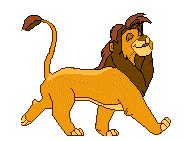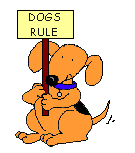[ Your Text Here ]
[
|
|
||||||||
|
|



Your TOTAL DOG
registry since 1889
registry since 1889